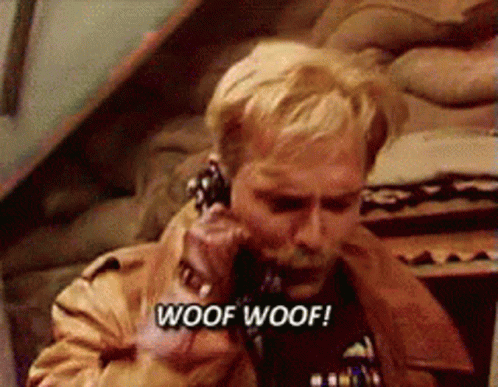Condottiere
Emperor Mongoose
Confederation Navy: Kestrel Fighter
Two dual cockpits take up five tonnes, while a simple bridge would be three tonnes, but we know that an assured four workstations, each with twenty four hours of guaranteed life support; the bridge costs a semimegastarbux, while the two dual cockpits only thirty kilostarbux.
In theory, the manoeuvre drive of both the Kestrel, and since we're into birds, and the last one was called the Viper, let's dub the thirty fiver the (Fighting) Falcon, are basically technological level fourteen factor nines, they should be compatible, nine percent being 1.575 tonnes, you could place two in the Falcon.
Armour factor fourteen would require 5.88 tonnes superdense, total 13.33.
That leaves 4.17 tonnes for power plant, fuel, sensors, and armament.
Two dual cockpits take up five tonnes, while a simple bridge would be three tonnes, but we know that an assured four workstations, each with twenty four hours of guaranteed life support; the bridge costs a semimegastarbux, while the two dual cockpits only thirty kilostarbux.
In theory, the manoeuvre drive of both the Kestrel, and since we're into birds, and the last one was called the Viper, let's dub the thirty fiver the (Fighting) Falcon, are basically technological level fourteen factor nines, they should be compatible, nine percent being 1.575 tonnes, you could place two in the Falcon.
Armour factor fourteen would require 5.88 tonnes superdense, total 13.33.
That leaves 4.17 tonnes for power plant, fuel, sensors, and armament.

